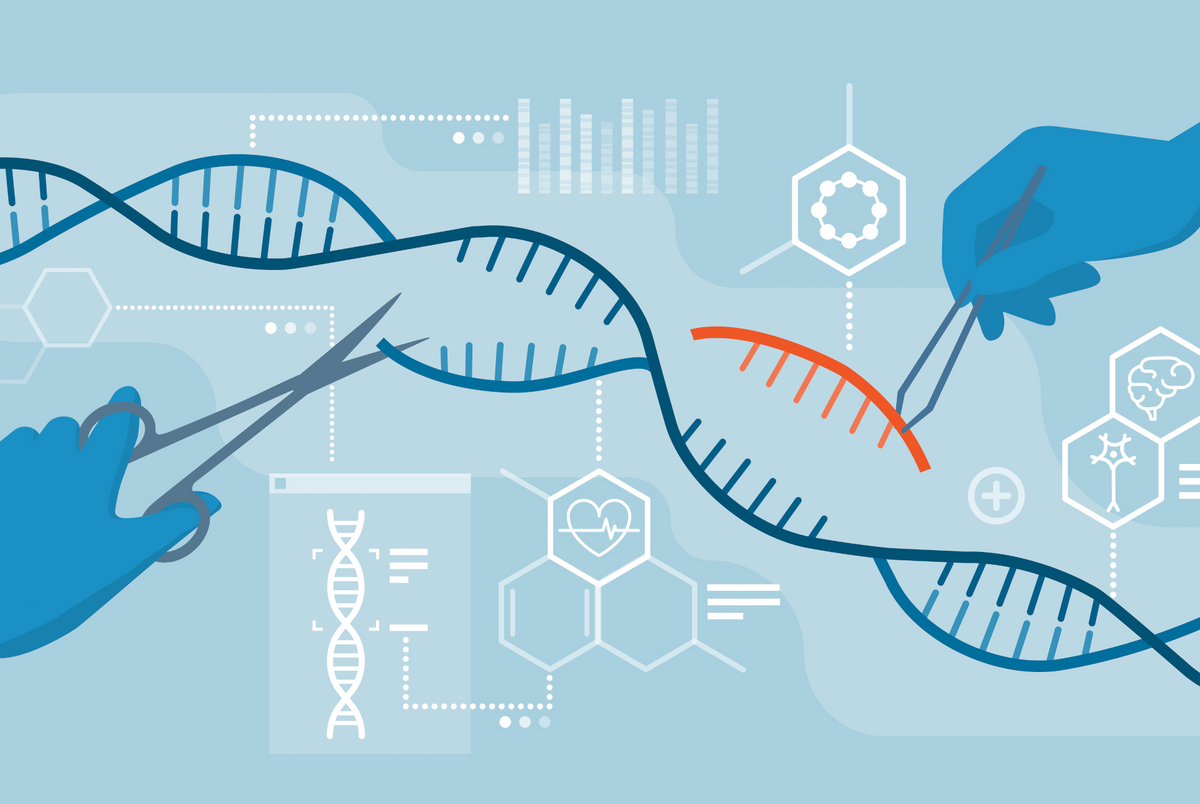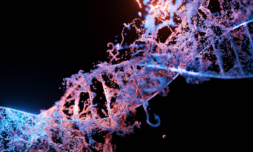Just as the technology is promising new therapies for everything from heart disease to cancer, some researchers believe that tinkering with the epigenome could help reverse the damage done by trauma.
In recent years, scientists have made strides towards treating diseases through gene-editing technology, their most promising breakthrough being the discovery of CRISPR (Clustered Regularly Interspaced Short Palindromic Repeats).
The essence of CRISPR is simple: it’s a way of finding a specific bit of DNA inside a cell.
After that, the next step is to store the genetic code of a virus once it’s encountered so that the next time it tries to attack, the bacteria recognise the virus and remain unaffected.
Though still in its early stages, CRISPR gene-editing has already proved effective in clinical trials for the treatment of cancer, blood disorders, and cystic fibrosis.
In the quest to optimise human health, it’s even been considered as a means of preventing diseases from emerging in the first place with an ethically questionable ‘designer baby’ process that involves giving embryos natural immunity from the start of their growth.
But did you know that gene-editing technology might also hold the key to treating mental illnesses like addiction, depression, and anxiety?

As implied by growing evidence, childhood trauma biologically embeds itself in our bodies, alters how our genes work, and puts our mental health at risk.
If this thinking holds up, some researchers believe that tinkering with the epigenome could help reverse to this damage – or in their words, ‘physically edit out the scars of the past.’





















